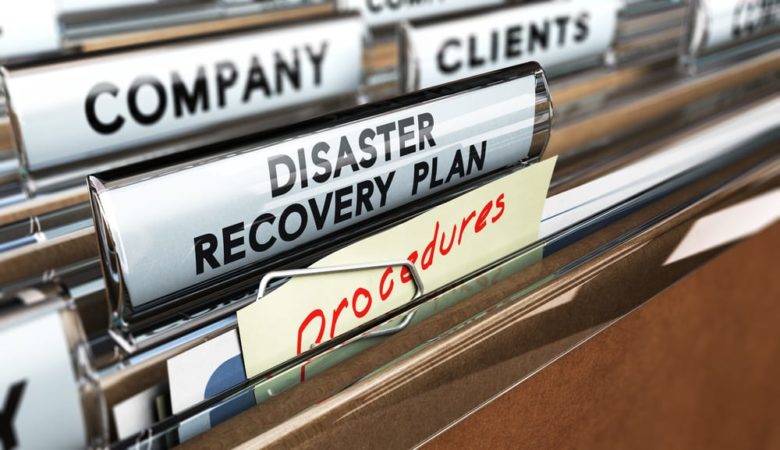
Let’s find what you’re looking for. Search our resources, blog, pages, and any other content on our website.
Your disaster recovery plan is the key to keeping your business running smoothly no matter what the crisis is. You need to know how you’ll respond if your business is hit with any type of catastrophe. Technology fails, but your disaster recovery plan can help retain your customers’ and employees’ confidence to ensure that no business is lost as a result. Whether you’re currently designing your first disaster recovery plan or refining the existing one, make sure your plan contains these key elements.
Your disaster recovery plan should include a thorough analysis of the risks that your organization might face. It should include any event that might disrupt operations such as hurricanes, fires, and earthquakes and also different crises, such as threatening employees or customers, on-the-job injuries, and worksite accidents. From a high-level view, your plan should address these three questions:
In the case of an emergency, you never know who will be the one to implement your plan. Keep it simple and easy to understand for high stress situations. Checklists are a great way to organize this information so it’s easy to read, and your employees can execute your plan efficiently. Be sure to prioritize important steps like making sure everybody is safe and contacting the proper authorities. You should also have a simple phone or message tree established so important information can be quickly disseminated whether you need to reach your entire organization or just key decision makers. A graphical representation is an easy to understand solution in case normal channels of communication go down or are disrupted.
The end goal in having a disaster recovery plan is to keep your employees safe and to be able to continue running your business. Have people throughout the company identify what equipment they must have at a minimum to continue operations. Depending on your disaster: a server crash, the loss of vital machines, etc., you may need to restore your software. Your disaster recovery plan should include a list of vital software and how to restore it to your system quickly. You should also have a document of critical information that includes items such as:
Creating your disaster recovery plan is always the first step, but in order to be successful, it’s important to communicate the plan to everyone in the organization and provide training. Inform people of their roles and responsibilities related to the plan, and then conduct practical disaster drills. In the event that a disaster or crisis occurs, your employees will feel confident in their roles and know what actions they need to take. Constructing, maintaining, and practicing a disaster recovery plan is a critical part of protecting your business. While it’s rare, disasters do happen, and you don’t want to be caught unprepared when something goes wrong. After all, it’s a mark of a great business to take each blow in stride and continue to function in spite of it. Is your disaster recovery plan up to the challenge?